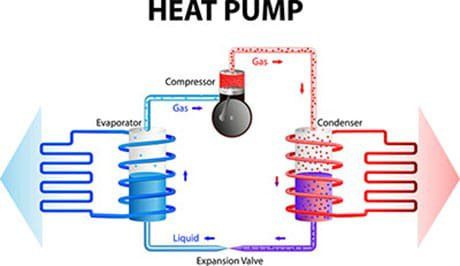Have you wondered how an air conditioner works?
The central heating and cooling system air conditioner provides cool air through ductwork inside your home. It starts with changing the temperature, humidity and air quality resulting in a cooler, more comfortable environment. It does this by extracting the heat energy out of your house and transferring the heat outdoors, then replaces the air inside your home with cooler air.
In a split system, the compressor condenses and circulates the refrigerant through the outdoor unit, changing it from a gas to a liquid. The liquid is then forced through the indoor evaporator coil and the indoor unit’s fan circulates the inside air to pass across the evaporator fins. The evaporator’s metal fins exchange the thermal energy with the air around it. There, the refrigerant turns from liquid into vapor, removing any heat from the surrounding air. As the heat is removed from the air, the air is cooled and blown back into the house.
From that point, the condenser or outdoor unit turns the refrigerant vapor back into a liquid, removing any heat. By the time the fluid leaves the evaporator again, it is a cool, low-pressure gas, eventually returning to the condensor to begin its trip all over again. This process continues until your home reaches the desired cooling temperature as programmed and sensed by your thermostat's setting.
Tri-County Aire, Inc.
29962 Killpeck Creek Court
Charlotte Hall, MD 20622
Phone:
800.890.5123
Office Hours
Mon - Fri: 7:30 a.m. - 4:00 p.m.
Maryland License #6103
© 2025
All Rights Reserved | Tri-County Aire, Inc.
Website & SEO by
OasisGrafx.com




